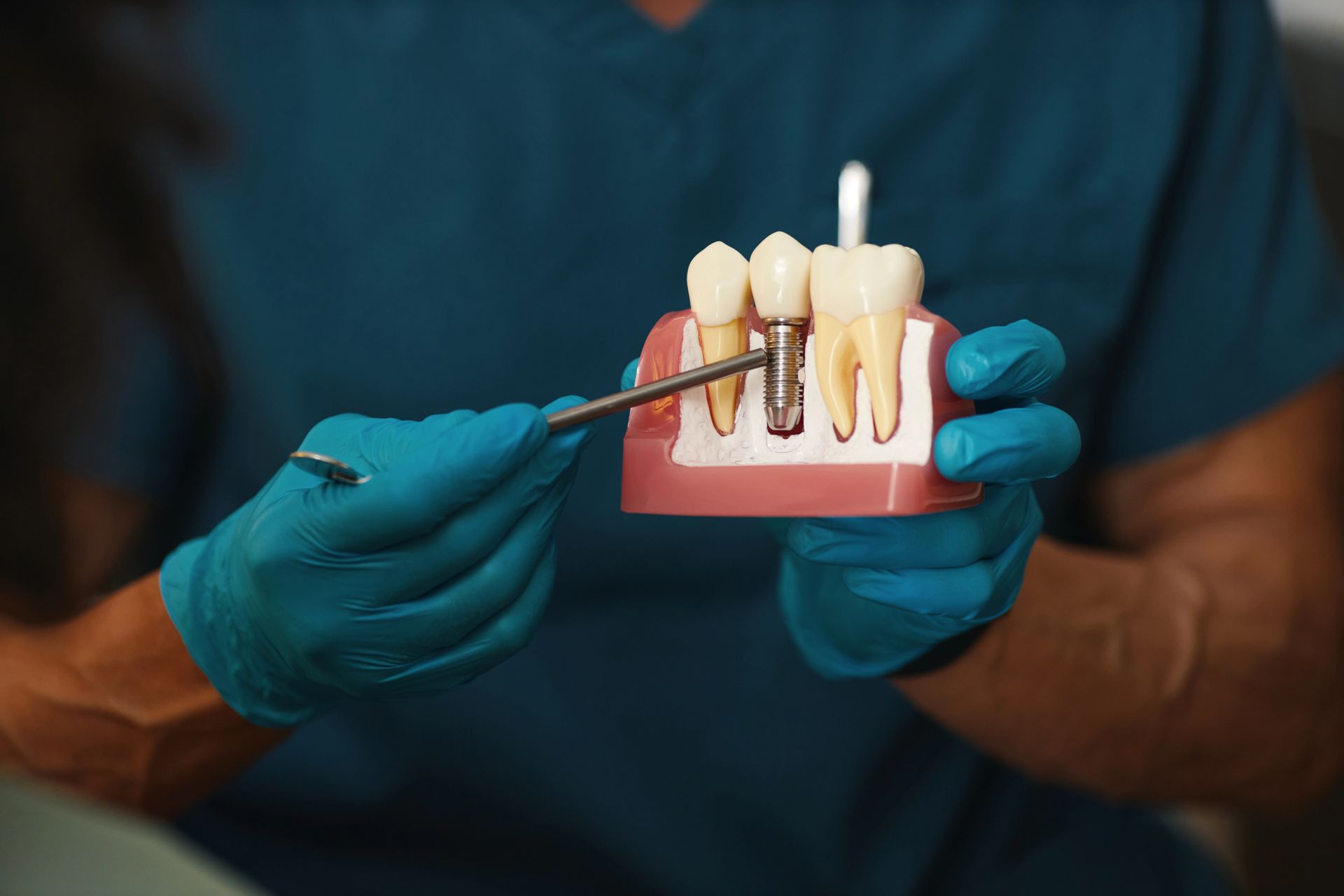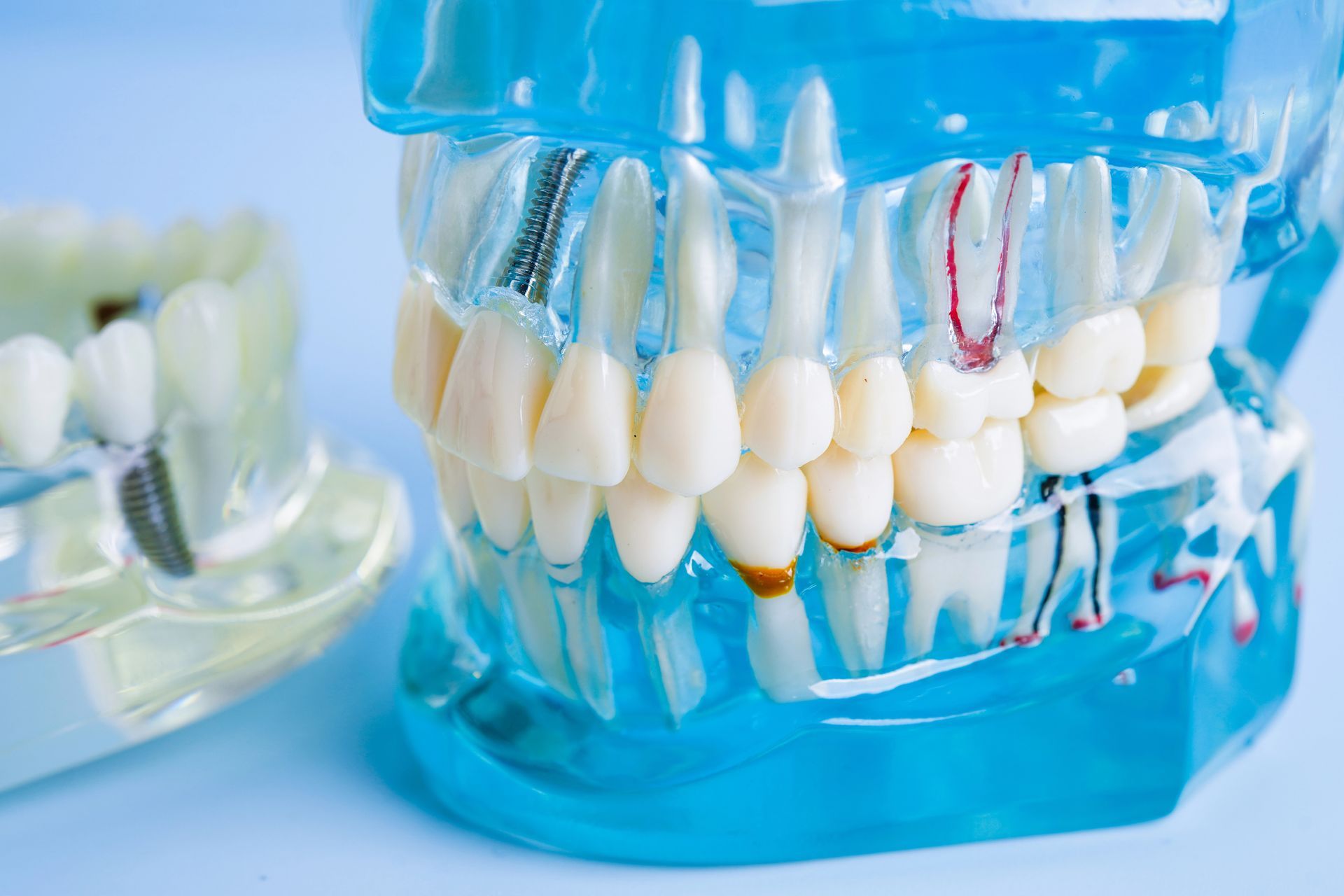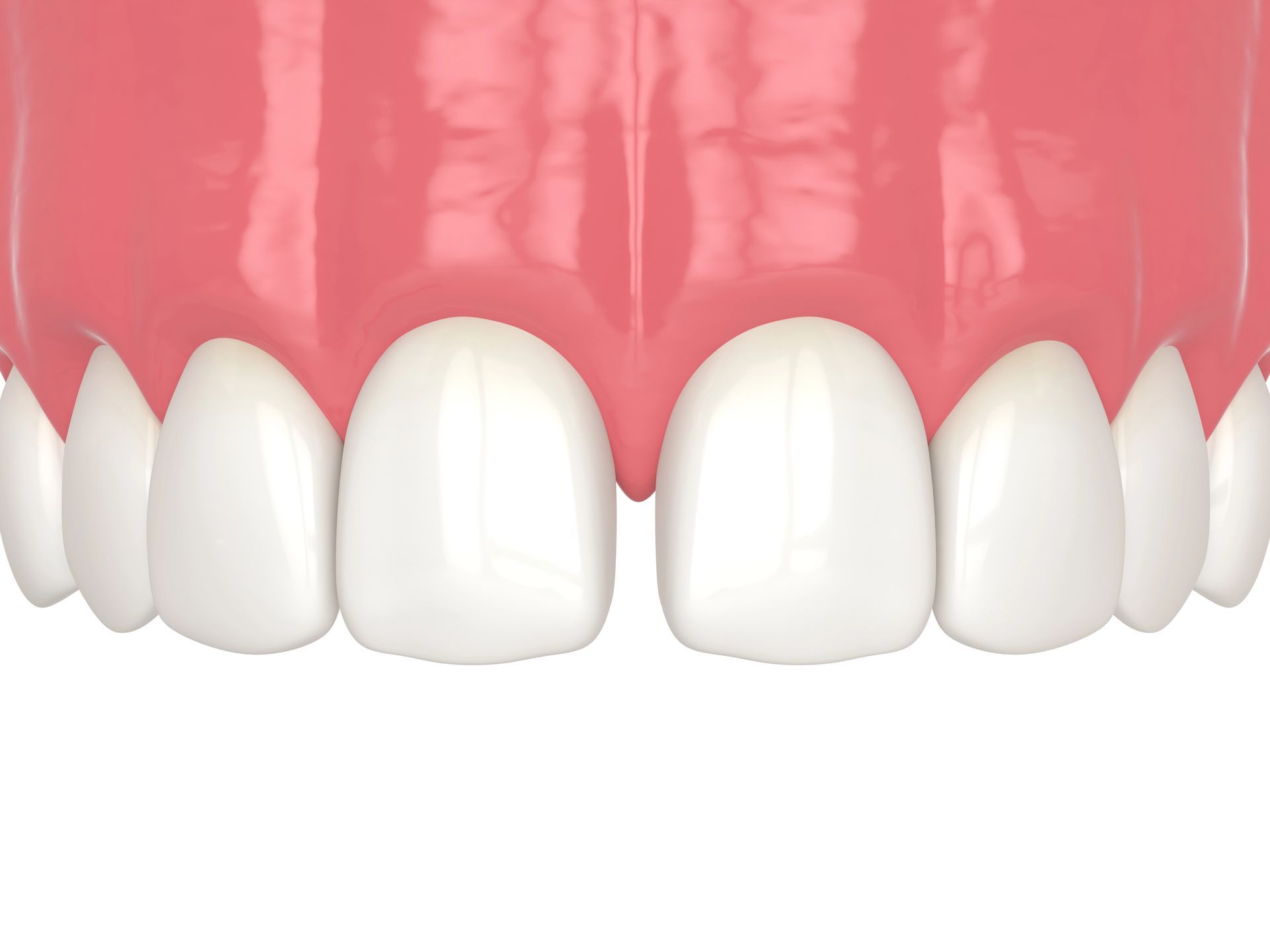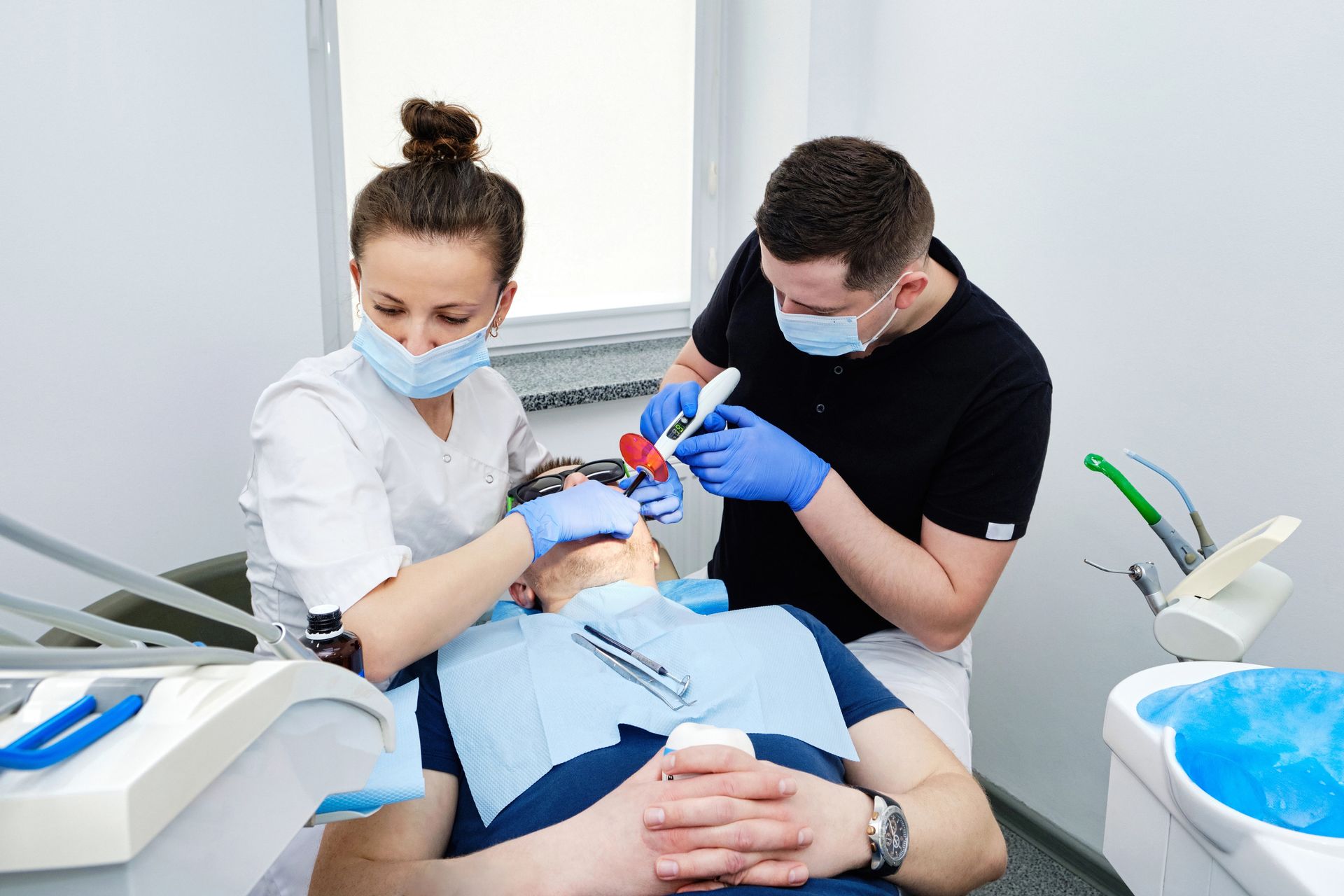Are you experiencing veneer tooth pain and wondering what might be causing it? Veneer tooth pain can arise from several common issues, such as improper fit or underlying dental problems, and understanding these causes can help in finding effective solutions to alleviate the discomfort.
Veneer Tooth Pain
Veneer tooth pain can often be traced back to the purpose and functionality of dental veneers themselves. Veneers are thin shells designed to cover the front surface of teeth, primarily for aesthetic enhancement. They improve the appearance of teeth by altering their color, shape, size, or length. However, the process of applying veneers involves removing a small amount of enamel from the tooth's surface, which can sometimes lead to sensitivity or discomfort. This structural alteration is a common reason why some individuals experience veneer tooth pain after the procedure.
Understanding the functionality of veneers is crucial in addressing veneer tooth pain. Veneers provide a durable and long-lasting solution for various dental imperfections, but the initial adjustment period may involve some discomfort as the mouth adapts to the new additions. It's important to consider all aspects, including potential costs, when deciding on veneers. For more information, explore Cost of Dental Veneers: What You Need to Know for Your Smile. This understanding helps recognize that while veneers offer significant cosmetic benefits, they may also require an adaptation period that could involve some level of pain or sensitivity.
Material Differences
When it comes to veneer tooth pain, the material used in the veneers can play a significant role. Veneers are typically made from either porcelain or composite resin, and each material has its own characteristics that can affect comfort levels. Porcelain veneers are known for their durability and natural appearance, but they can sometimes cause discomfort if not fitted properly. On the other hand, composite resin veneers are more affordable and easier to apply, but they may not offer the same level of comfort or longevity as porcelain.
Understanding these material differences can help explain why some individuals experience veneer tooth pain while others do not. The choice between porcelain and composite resin can impact not only the aesthetic outcome but also the overall experience of wearing veneers. For more insights, visit Veneers Columbia to learn more about material differences and their impact on your dental health.
Cost Comparison
When dealing with veneer tooth pain, understanding the cost implications of various solutions is important. Expenses associated with addressing veneer tooth pain can vary significantly depending on the underlying cause and the chosen treatment. For instance, if the pain is due to improper fitting, adjustments might be necessary, which could incur additional costs. Alternatively, if the pain stems from issues like tooth decay or gum disease, more extensive dental work may be required, potentially leading to higher expenses.
Durability and Longevity
When considering the causes of veneer tooth pain, it's essential to understand the role of durability and longevity in dental veneers. Veneers are designed to be long-lasting, but their lifespan can be influenced by the quality of materials used and individual oral hygiene practices. Over time, wear and tear or improper care can lead to issues contributing to discomfort or pain. Veneers, while durable, are not immune to damage or degradation, which can sometimes result in veneer tooth pain. For those in Columbia, Design Dentistry Columbia offers insights into maintaining dental health and ensuring veneer longevity.
Aesthetic Considerations
Veneers are designed to enhance the appearance of teeth, providing a more uniform and appealing smile. However, achieving aesthetic perfection can sometimes lead to discomfort or sensitivity due to the alterations made to the natural tooth structure. This pursuit of an ideal smile often requires balancing cosmetic enhancement with maintaining oral health, which can sometimes result in temporary veneer tooth pain. Understanding the aesthetic goals behind veneers can help contextualize why some individuals might experience discomfort during or after the procedure.
Procedure and Time Involved
When addressing veneer tooth pain, understanding the procedure and time involved is crucial. Resolving veneer tooth pain typically starts with a comprehensive dental examination to identify the underlying causes. This may involve checking the fit and placement of the veneers, as well as assessing any potential issues with the natural teeth or gums. Depending on the findings, adjustments to the veneers or other dental treatments may be needed. The time required to resolve veneer tooth pain can vary from a single appointment to multiple visits, depending on the complexity of the problem.
Maintenance and Care
Proper maintenance and care are essential in minimizing veneer tooth pain and ensuring the longevity of your veneers. Regular oral hygiene practices, such as brushing and flossing, help prevent issues that may lead to discomfort. Additionally, being mindful of your dietary choices and avoiding harmful habits can help maintain the integrity of your veneers, reducing the risk of veneer tooth pain. By prioritizing these general care practices, you can contribute to the overall health of your veneers and potentially alleviate associated discomfort.
Suitability for Dental Issues
Veneer tooth pain can arise from various dental issues, making it essential to evaluate its suitability for different conditions. Veneers are a popular choice for cosmetic enhancement, but they may not be ideal for everyone, especially if underlying dental problems exist. Conditions such as tooth decay, gum disease, or significant misalignment can contribute to veneer tooth pain, as these issues affect the fit and comfort of the veneers. Addressing these underlying issues is key to achieving a comfortable and lasting dental solution.
Impact on Natural Teeth
Veneer tooth pain can sometimes be linked to the impact on natural teeth. The process of applying veneers involves altering the tooth's surface, which can occasionally lead to increased sensitivity or discomfort. The bonding process, while generally safe, may sometimes cause irritation to the gums or surrounding teeth, contributing to veneer tooth pain. Understanding how veneers interact with natural teeth is crucial in identifying potential sources of discomfort and ensuring that any issues are addressed promptly.
Conclusion
If you're experiencing veneer tooth pain, don't hesitate to reach out for more information by calling 803-408-7163 or checking out our Google Maps reviews.










